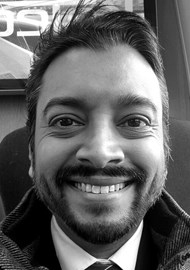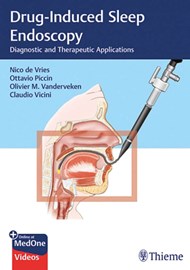Throughout our ENT careers, we will always be referred patients with sleep-disordered breathing - both adults and children. Sleep studies are key for this condition. I remember as a trainee in the early aspect of my career seeing the sleep nasoendoscopy procedure, as well as undertaking operations such as uvulopalatopharyngoplasty to help such patients.
However, drug-induced sleep nasendoscopy (DISE) - the concept of which came about in the 1990s - is useful if alternatives to CPAP therapy are sought. Times have changed and the practices have advanced. This book, written by our European colleagues with a global contribution, showcases the specialist subject in a compact format. There are multiple small-volume chapters that are easy to digest. It goes through everything from the history and classifications to the practical setup, with the various conditions looked at along with their respective management strategies (whether conservative or surgical).
It also looks at treatment outcomes as well as mistakes that are made in DISE. Personally, I found it refreshing that the authors are highlighting mistakes that are made so we can avoid the same; but also particularly helpful knowing when mandibular advancement devices can be used. Overall, it has increased my understanding of this topic knowing, as a generalist, these patients can come through my door at any time. Videos accompany this publication to visually reinforce our learning. It is a very useful book to provide up-to-date literature on this relatively new subject and is a great addition to the library for trainees and consultants who have a specialist interest in this area.





